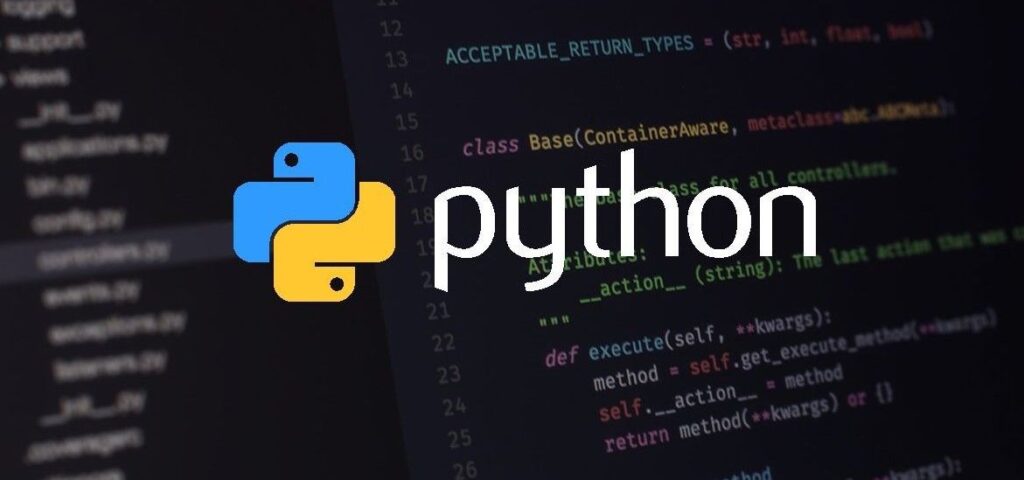Python project-based interview questions for data analyst role, along with tips and sample answers [Part-2]
5. Handling Time-Series Data
– Question: Have you worked with time-series data in Python? How did you handle it?
– Answer: In one of my projects, I worked with sales data over several years. I used Pandas’ to_datetime() function to convert date columns into datetime objects, allowing me to resample the data using resample() and analyze trends by year, quarter, and month. I also used rolling averages to smooth out fluctuations in the data and identify trends. For visualizations, I used line plots from Matplotlib to show trends over time.
– Tip: Explain how you handle time-series data by mentioning specific operations like resampling, rolling windows, and time-based indexing. Highlight your ability to extract insights from time-series patterns.
6. Dealing with Missing Data
– Question: How did you handle missing data in a Python-based analysis?
– Answer: I used Pandas to first identify the extent of missing data using isnull().sum(). Depending on the column, I either imputed missing values using statistical methods (e.g., filling numerical columns with the median) or dropped rows where critical data was missing. In one project, I also used interpolation to estimate missing time-series data points.
– Tip: Describe the different strategies (e.g., mean/median imputation, dropping rows, or forward/backward fill) and their relevance based on the data context.
7. Working with APIs for Data Collection
– Question: Have you used Python to collect data via APIs? If so, how did you handle the data?
– Answer: Yes, I used the requests library in Python to collect data from APIs. For example, in a project, I fetched JSON data using requests.get(). I then parsed the JSON using json.loads() and converted it into a Pandas DataFrame for analysis. I also handled rate limits by adding delays between requests using the time.sleep() function.
– Tip: Mention how you handled API data, including error handling (e.g., handling 404 errors) and converting nested JSON data to a format suitable for analysis.
8. Regression Analysis
– Question: Can you describe a Python project where you performed regression analysis?
– Answer: In one of my projects, I used Scikit-learn to build a linear regression model to predict housing prices. I first split the data using train_test_split(), standardized the features with StandardScaler, and then fitted the model using LinearRegression(). I evaluated the model’s performance using metrics like R-squared and Mean Absolute Error (MAE). I also visualized residuals to check for patterns that might indicate issues with the model.
– Tip: Focus on the modeling process: splitting data, fitting the model, evaluating performance, and fine-tuning the model. Mention how you checked model assumptions or adjusted for overfitting.






